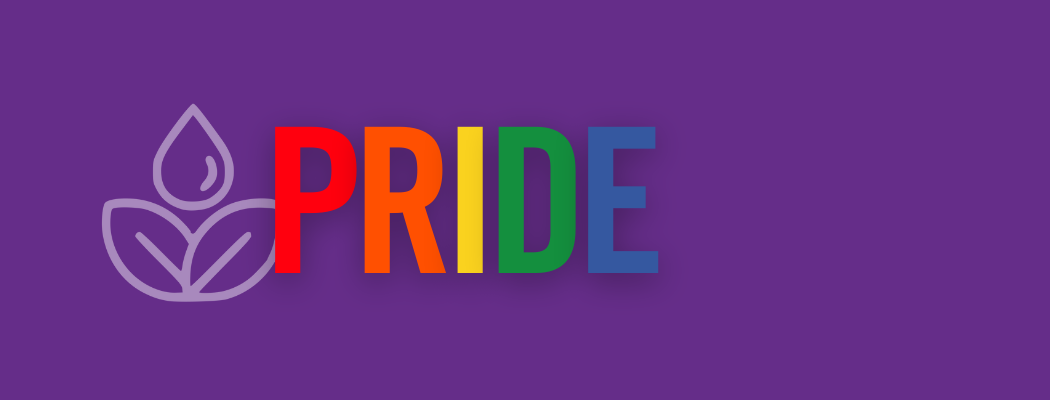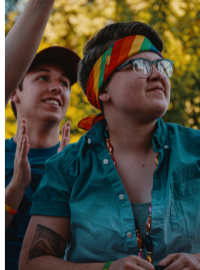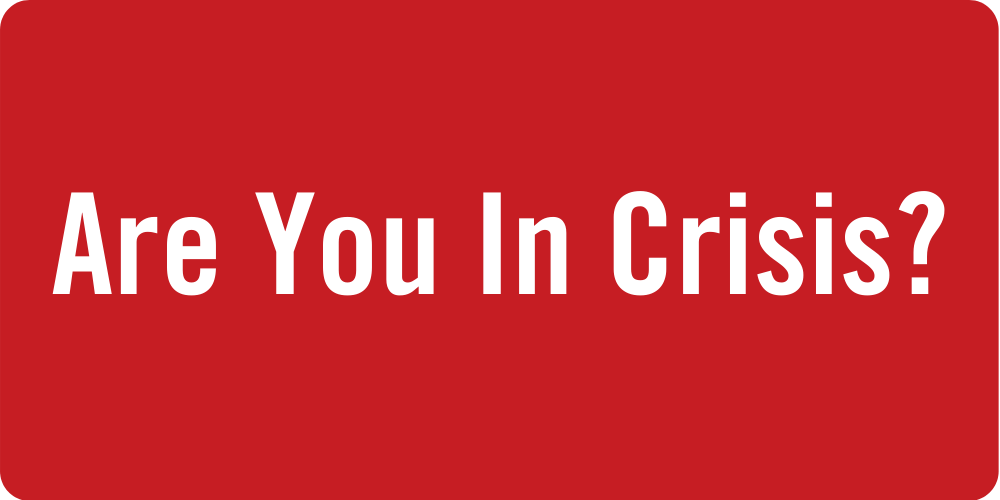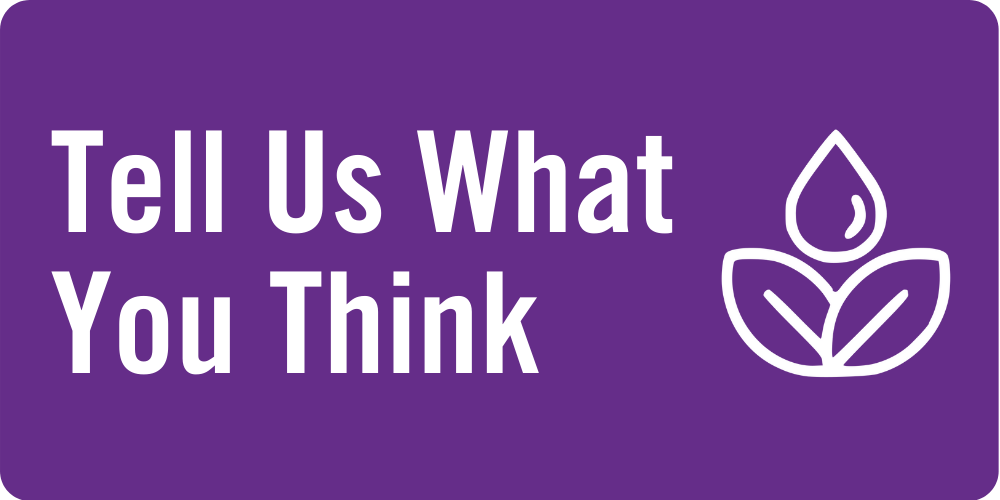

University is a time when many students begin to sort out their values and figure out who they are. It is not unusual for some students to question their sexual orientation, gender identity, or gender expression and to explore how to integrate these with the rest of their life.
Students who are part of the Two-Spirit, lesbian, gay, bisexual, transgender, queer, questioning, intersex, and asexual (2SLGBTQQIA+) community have enough on their plates navigating the usual pressures of post-secondary life without having to worry about feeling safe or discriminated against. Student Health and Wellness provides a safe space, where you can find support, resources, information, and care.
Pride at Lakehead
| On-Campus Supports |
Thunder Bay- Student Health and Wellness can provide Gender Affirming Care
|
| Off-Campus Groups and Supports |
Thunder Bay
|
| Virtual Supports |
|
Sexual Orientation, Gender Identity and Gender Expression
| The Gender Unicorn |
Definitions: |
Mental Health
Although 2SLGBTQQIA+ people are as diverse as the general Canadian population in their experiences of mental health and well-being, they face higher risks for some mental health issues due to the effects of discrimination and the social determinants of health. This list of supports is by no means exhaustive but it is a place to start. If we are missing something you know about, please feel free to email activities.shcc@lakeheadu.ca
| Supports and Resources |
|
Sexual Wellness and Healthy Relationships
| Sexual Health and Wellness |
Before having sex with your partner(s), you should consider your individual risk for pregnancy and sexually transmitted blood borne infections (STBBIs). Your anatomy and the anatomy of your partner(s) are the key factors here, not your gender identity or sexual orientation. Visit our safer sex page to learn more about the risks of having an STBBI passed on to you depending on the kind of sex you are having and how to reduce those risks. Student Health and Wellness provides sexual health services and has free internal and external condoms available. This LGBTQIA Safer Sex Guide gives further sexual wellness information that considers the complexity and diversity across gender identities, sexual orientation, attractions, and experiences. |
| Healthy Relationships |
A healthy relationship is a healthy relationship regardless of your sexual orientation, gender expression or gender identity. You know your relationship is probably healthy if your partner:
If your relationship is abusive or unhealthy, you can face unique obstacles to seeking help as a member of the Pride community. Whether or not you’re ready to end the relationship, consider creating a safety plan. Know that you are not alone and there are places that can help. |
| Intimate Partner Violence |
Intimate Partner Violence (IPV) refers to any behaviour within an intimate relationship that causes physical, psychological or sexual harm to those in the relationship. Such behaviours can include any combination of the following:
The social and legal stigma of being 2SLGBTQQIA+ broadens significantly the scope of abusive tactics available to an exploitative partner. These tactics often include taking advantage of an individual’s gender representation or sexual orientation.
For more information about how to recognize instances of IPV, victims’ rights in Canada, what to expect should the victim choose to report to the police and the consequences of IPV-download this guidebook from the Canadian Centre for Gender and Sexual Diversity. Learn more about Lakehead's sexual violence supports and response. |
| Gender-Based Violence |
Gender-based violence (GBV) is violence committed against someone because of their gender expression, gender identity or perceived gender. GBV is not limited to physical violence and can include any word, action, or attempt to degrade, control, humiliate, intimidate, coerce, deprive, threaten, or harm another person. While violence affects all people, GBV has a disproportionate impact on 2SLGBTQQIA+ and gender non-conforming people. The negative effects of GBV reach far beyond the individuals who directly experience them. Violence can have long-lasting and negative health, social and economic effects that span generations, which can lead to cycles of violence and abuse within families and sometimes whole communities. GBV holds us all back. Learn more about Lakehead's Sexual and Gender Based Violence Response Policy by visiting the Office of Human Rights and Equity's website |
| Supports |
If you or someone you know is in immediate danger, call 911, campus security or your local police. Sexual Violence Support and Response
|
| Sexual Health Resources |
|
Navigating Religion and 2SLGBTQQIA+ identities
The relationship between religion and the 2SLGBTQQIA+ community is complicated and can be a source of both solace and suffering. If you are struggling to reconcile faith and your identity, expression, or sexuality, you are not alone. Check out some of the resources below to help you make your own decisions and find supportive faith communities.
| Resources |
Being an Ally
Your active and visible support can make a difference in a range of university environments. An ally for the sexual diversity community takes action. Allies work towards recognizing their own biases and privileges, offer support by working with individuals or groups that are teased, ridiculed, treated disrespectfully in and out of the classroom, bullied, and/or discriminated against based on their sexuality.
| Initial Steps |
Make a commitment to:
|
| Asking about Pronouns |
Start by sharing your own pronouns when you introduce yourself (e.g. Hi my name is x and my pronouns are x/x/x). Doing so is the best way to encourage other people to share their pronouns, to help make them more comfortable to share their pronouns with you. You can follow that statement by asking how you should refer to them. Asking people for their pronouns should ideally happen in small group situations. If people don’t want to disclose their pronouns, respect their wishes and do not push for them to give a response. You do not have the right to someone’s pronouns if the person is not comfortable discussing them with you. If you don't have the chance to introduce yourself, don't assume pronouns based on appearance. Avoid gendered language and if you must use a pronoun, opt for non-binary pronouns such as they/them. Listen to the pronoun other people use when referring to the person, someone who knows them well will probably use the correct pronoun. If you accidentally use the wrong pronoun, apologize quickly and sincerely, then move on. The bigger deal you make out of the situation, the more uncomfortable it is for everyone. Resources like the They/Them Project can teach you how to talk about gender identities in a respectful way. |
| Prevent Misgendering |
Stopping your own misgendering behaviours and encouraging others to do so is an easy and effective way to support the trans people in your life. Here are a few things you can do to prevent misgendering and affirm a person’s identity: Don’t make assumptions. You might think you know how someone identifies, but you can never know for certain unless you ask. Always ask what words you should use! You can ask people specifically or ask people who know a given person. Or, you can simply get in the habit of asking everyone their pronouns and terms they use for themselves. Use the right name and pronouns for the trans people in your life. You should do this all the time, not just when they’re around. This signals the proper way to refer to your trans friends to other people. It also helps you get accustomed to saying the right thing. Avoid using gendered language to speak to or describe people unless you know it’s the language that a particular person prefers. Examples of gendered language include:
Practice using these gender-neutral terms and forms of address instead. You can say things like “my friend” instead of “sir” or “ma’am,” and refer to groups of people as “folks,” “y’all,” or “guests.” Don’t default to gender-neutral language if you know how a person wishes to be addressed. It can seem like using the singular “they” to describe everyone is a safe bet, and sometimes that’s actually a good way to navigate a situation where you’re uncertain how a person identifies. But, it’s important to respect the wishes of people who have specific gendered language that they want you to use. Avoid using passive language. Instead of saying: “X identifies as a woman” or “Y prefers he/him/his pronouns,” say things like “X is a woman” or “Y’s pronouns are he/him/his.” Apologize and correct At the end of the day, know that it’s fine to make a mistake here or there so long as you don’t make a habit of it. If you do make a mistake, just apologize and move on. |
| More Resources |
|





